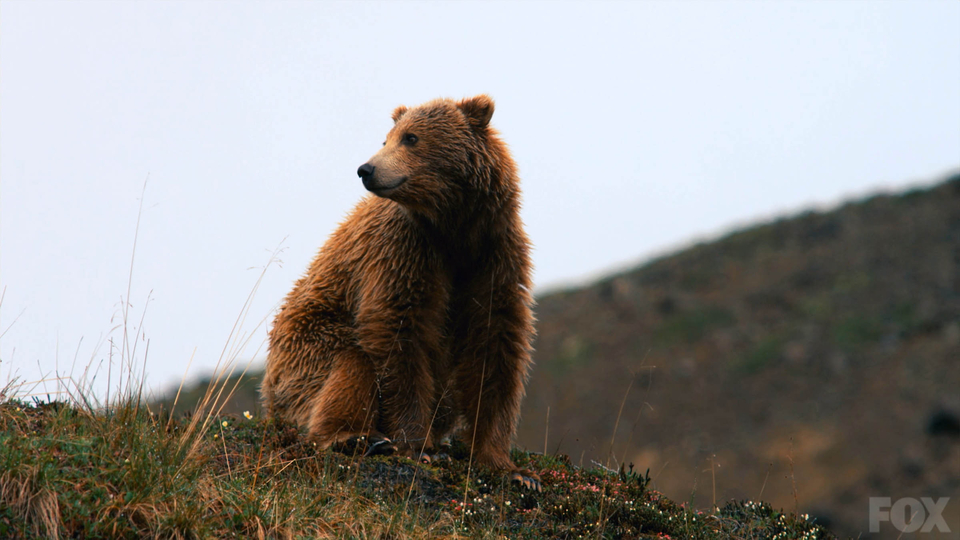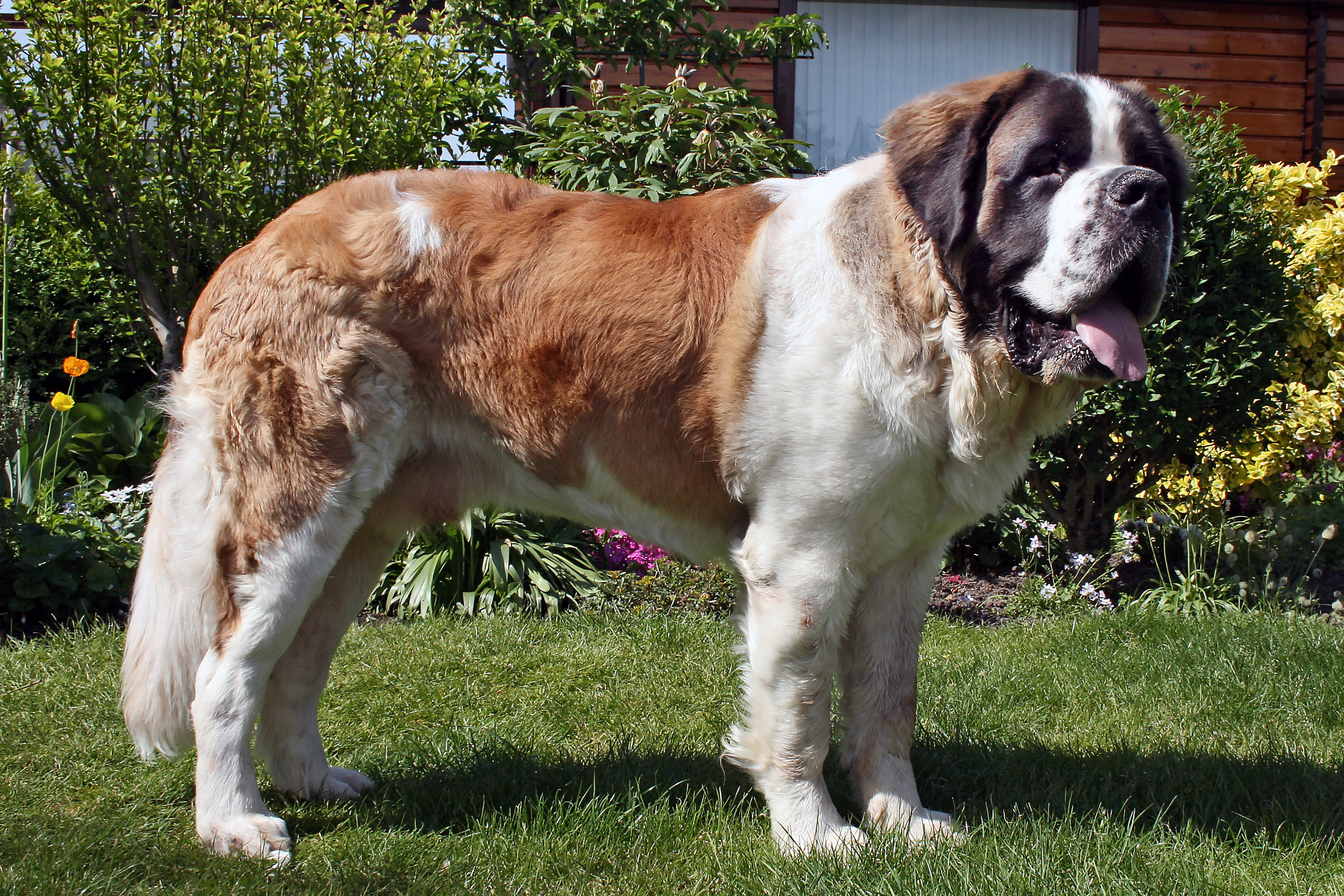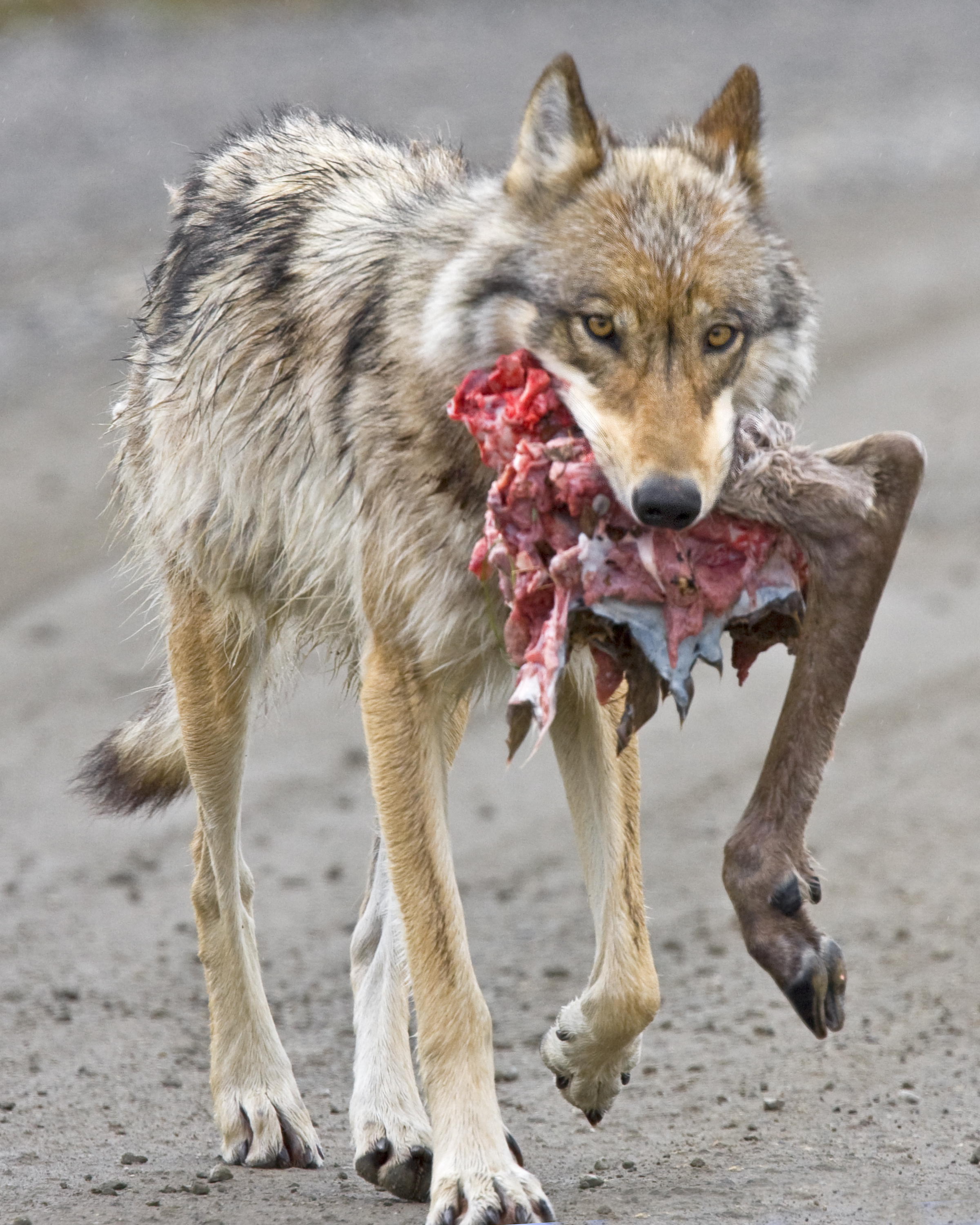 |
| "These are some of the things that molecules do..." (cosmosontv.com) |
It's. So. Big. And. Complex. I. Don't. Even...
Nitpicks
The depiction of DNA seemed very novel to me. Molecules were animated as a glowing fibrous skeleton as opposed to the "ball and stick" models we're used to seeing in classrooms and textbooks. I thought that was fine because, in reality, the things at that scale don't really look like anything we can actually "see" (the light we see has too long a wavelength to show such fine details). Basically, I'm just glad it was weird-looking and shaped right. If I were really picky, I would insist on a little differentiation between the individual atoms at some point, just so we can get an idea of how wide DNA is relative to the atoms that make it up (FYI, it's on the order of ten atoms wide).
The thing that got my left (that's the skeptical one) eyebrow's attention, though, was the beautiful animation of the copying mechanism that splits one strand of DNA into two identical strands. The mechanism was shown to split the DNA and attach the complimentary half to each piece basically symmetrically. One of the "arms" of the device would periodically flex inwards, but for no apparent reason. I recognized this process from one of my favorite Ted Talks of all time and, sure enough, it was slightly simplified in Cosmos. Look at Drew Berry's incredible animations and try and see what's different (starts just after 3:30 or so, but the whole presentation is worth watching at least five times).
You probably noticed that Drew was emphasizing the fact that each half of a DNA strand runs in different directions, at least from the perspective of the machinery that copies it. That means that half of the copying proceeds directly, but the other half has to run backwards in segments that loop around. Why does it do such a complicated little dance? I don't know. My guess would be that it's easier to evolve a mechanism that loops around than to evolve two completely different proteins that copy DNA backwards and forwards. If that's the case, then it's a marvelous chance to point out how evolution is not like deliberate design. A designer would just make the two proteins and split the DNA directly like we see in Cosmos, but evolution doesn't know how to start from scratch and make a brand new protein to do such a complicated task, so it uses the tools that it has, resulting in a complicated system. Isn't that just nuts?
(I'll point out here that I completely understand not having time/not wanting to explain what's going on there, but why not just animate it correctly anyway?).
Nods
Speaking of evolution vs. design, I can't be happier with the way they introduced the concept of evolution by starting with the case of wolves becoming dogs. Everyone, even Ken Ham believes that wolves were bred by humans into all the kinds of dogs that we have today. Humans put selection pressure on the dogs for desirable traits like hunting ability, guarding, cuteness, etc. The natural variation in the dogs is amplified when it conforms to the desired trait and muted when it doesn't. If you can look at these three
and know that they are all descended from a common ancestor within the last 100,000 years, then (Neil deGrasse Tyson asks) what do you think we could get in four billion years?
It really is that simple. Random mutations in DNA + Non-random selection pressure = Evolution. If you admit the two on the left, the right follows. Random mutations are observable in all forms of life, and selection pressures are as simple to point out as things like: Cheetahs that are faster are better at catching fast prey, taller giraffes can reach more food, white bears blend in with the snow better than brown bears. Evolution deniers like to pretend that these things are not blindingly obvious.
Denying evolution is especially aggravating to me, because it's not rejecting a begrudgingly true fact, but a celebration-worthy, stupendous eureka moment. To deny evolution is to deny one of the most profound, illuminating, and breathtakingly simple processes that humans have ever discovered. It's denying our kinship with all of life, not just the apes, but the trees, the whales, the sharks, the lions, the bacteria, and (most distressingly) the one creature on the face of the planet that even Chuck Norris couldn't roundhouse kick into extinction...
News
The Tardigrade.
 |
| Fish gonna swim, Birds gonna fly, I'ma do me, Y'all gonna die |
This little guy's family has survived all five mass extinctions? I had no idea! I mean we are talking cataclysms that make the book of Revelations look as terrifying as the chase sequence from an episode of Scooby Doo. Nation-sized volcanic eruptions lasting hundreds of thousands of years, city-sized space rocks crashing into the Yucatan at one English Channel per second, oceans turning to toxic sludge, poisonous gasses smothering all life on land, mass hysteria! Meanwhile, the little water bears trundle along chubbily, slurping up... I dunno what they eat... Rat poison? Plutonium?
It's little gems like this guy that make it clear that life itself will have no problem adapting to whatever nonsense we do with our atmosphere, whether its global warming or just a good ol' fashioned nukin'. Give these squirmy little guys and gals a million years or so and they'll seed the next evolutionary reinvention of the biosphere without a second thought. What we need to be worried about are the fragile, needy, Goldilocks-esque types of life that won't thrive through our bull-headedness: Things like polar bears, stuff that lives in the ocean that isn't a jellyfish, and our children.
 |
| Remember: It's only "Survival of the Cuddliest" as long as we implement the proper selection pressures. |



No comments:
Post a Comment